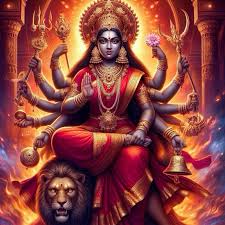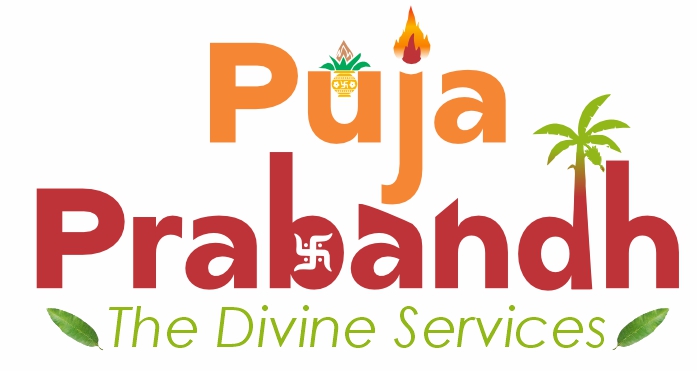
Navaratri Vratam is a significant and widely celebrated festival in India, dedicated to the worship of Devi Durga, the divine mother and the embodiment of strength, courage, and protection. The festival spans nine nights (hence “Navaratri”) and is observed twice a year—Chaitra Navaratri (in March-April) and Sharad Navaratri (in September-October). Sharad Navaratri is the more prominent one, culminating with Vijayadashami (Dussehra).
Significance of Navaratri Vratam:
Navaratri represents the victory of good over evil, symbolized by the triumph of Devi Durga over the demon Mahishasura. The nine-night festival is dedicated to the nine forms of Durga, collectively known as Navadurga. Each day of Navaratri focuses on a different aspect of the goddess, and devotees seek her blessings for strength, prosperity, spiritual growth, and protection.
The word “Vratam” refers to the observance of vows, which can include fasting, prayers, and other spiritual practices to honor the goddess and invoke her blessings.
Rituals and Offerings:
- Preparation: Devotees clean their homes and set up a golu (a display of idols) or a Durga idol in a dedicated worship space. The altar is decorated with flowers, fruits, and incense.
- Fasting and Prayers: During the nine days, devotees observe a partial fast, refraining from certain foods like grains, non-vegetarian items, and sometimes even spices. Daily prayers are recited, including the Durga Saptashati (a sacred text), which narrates the story of Durga’s battle with Mahishasura. Additionally, devotees chant mantras like:
- “Om Durgae Namaha”
- “Jai Maa Durga”
- Offerings and Pujas: Every day, offerings of fruits, sweets, milk, and honey are made to the goddess. Special offerings like sugarcane and coconut are common in some regions. On the ninth day, known as Durga Ashtami, a special pooja is performed.
- Kumari Puja (Girls’ Worship): On Ashtami, young girls (virgins) are worshipped as manifestations of Goddess Durga, and they are offered food and gifts as part of the ritual.
- Dandiya and Garba: In many regions, the festival is also celebrated with Dandiya and Garba, where devotees dance to honor the goddess and celebrate her divine energy.
Conclusion:
Navaratri Vratam is a powerful spiritual observance to invoke the blessings of Goddess Durga for overcoming challenges, obtaining strength, and attaining peace and prosperity. By engaging in fasting, prayers, and rituals, devotees connect deeply with the divine feminine energy that represents protection, creativity, and transformation. It is a time of purification, devotion, and divine joy, culminating in the celebration of Vijayadashami (Dussehra), when the victory of good over evil is celebrated.

